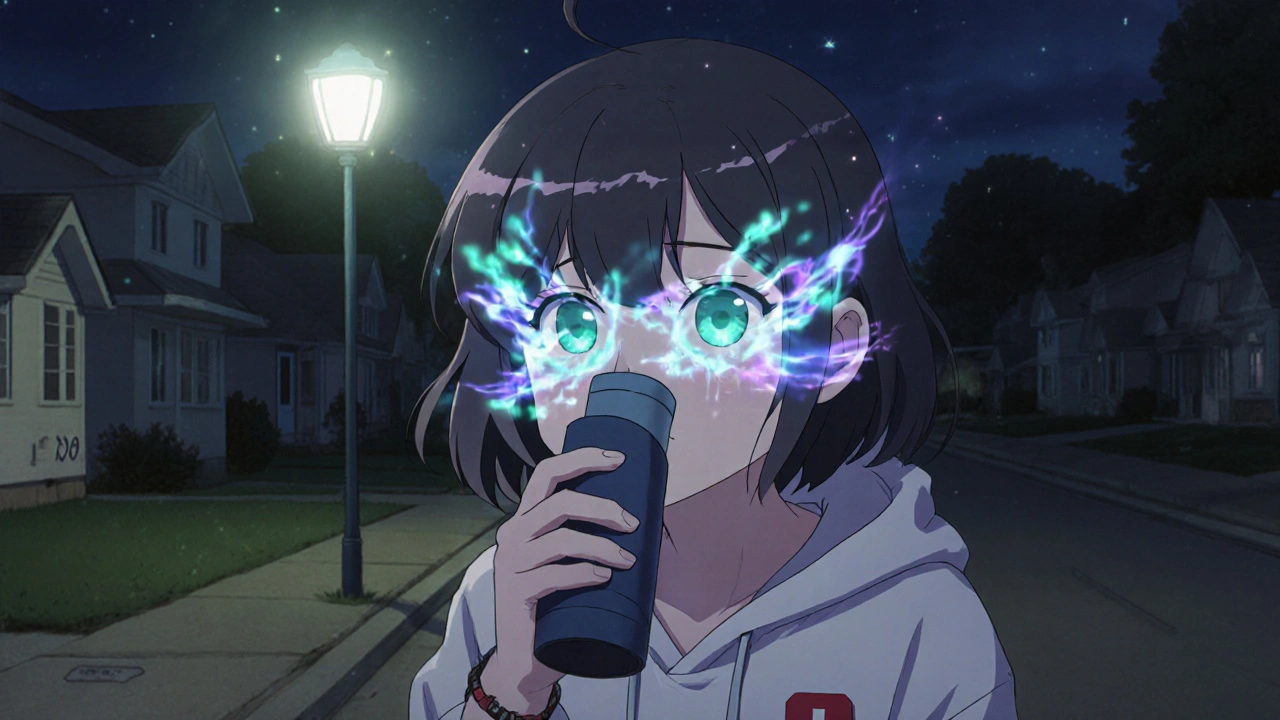Steroid-Induced Cataracts: Causes, Risks, and What You Can Do
When you take steroid-induced cataracts, a type of eye condition caused by long-term use of corticosteroid medications. Also known as corticosteroid cataracts, they develop when steroids change the structure of the lens in your eye, leading to clouding and vision loss over time. Unlike age-related cataracts, these show up faster—sometimes in just a few months—and often affect younger people who rely on steroids for chronic conditions.
This isn’t rare. People using corticosteroids, anti-inflammatory drugs like prednisone, dexamethasone, or inhaled steroids for asthma and COPD are at higher risk, especially if they take high doses for more than three months. Even eye drops or skin creams can contribute if used daily for long periods. The lens doesn’t heal itself, so once the clouding starts, it won’t reverse without surgery. That’s why catching early signs—like blurry vision, glare at night, or faded colors—is critical. If you’re on long-term steroids, regular eye checkups aren’t optional. They’re your best defense.
eye health, the overall condition of your vision and ocular structures, including the lens, retina, and optic nerve doesn’t get enough attention in discussions about steroid side effects. Most people know about weight gain or blood sugar spikes, but few realize their eyes are quietly changing. The risk isn’t just about dosage—it’s about duration and individual sensitivity. Some people develop cataracts on low doses; others never do. Genetics, diabetes, and UV exposure can make it worse. That’s why there’s no one-size-fits-all answer. What matters is awareness. If you’ve been on steroids for over six months, ask your doctor for a baseline eye exam. Don’t wait until your vision is blurry.
There’s no magic pill to prevent steroid-induced cataracts, but you can reduce your risk. Use the lowest effective dose for the shortest time possible. If you’re on inhaled steroids, rinse your mouth after each use to cut down on systemic absorption. Wear UV-blocking sunglasses outdoors. Keep your blood sugar in check—high glucose speeds up lens damage. And never stop your steroids cold turkey. Talk to your doctor about tapering safely while monitoring your eyes.
Below, you’ll find real-world guides on managing long-term medication side effects, spotting early warning signs, and making smarter choices with drugs that impact your whole body—including your eyes. These aren’t theoretical articles. They’re written by people who’ve been there and figured out what actually works.

Steroid-Induced Cataracts: What Vision Changes to Watch For and How They’re Treated
Steroid-induced cataracts develop quickly and cause blurry vision, glare, and faded colors. Learn how steroids damage the lens, who’s at risk, and why early eye exams can save your sight - even if you need to keep taking steroids.
October 27 2025